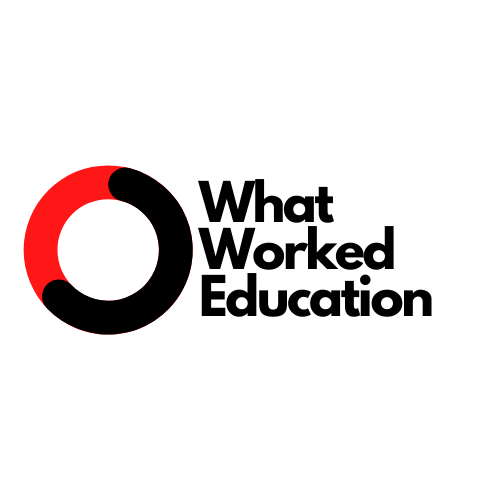As we enter the midway point of the Autumn term in the academic year 2022 – 23, the continuing impact of COVID and the disruption to learning for the last two academic years is a constant challenge for anyone involved in education.
In the UK, the recent release of the KS1 data reports attainment has decreased in all subjects compared to 2019. 67% of pupils met the expected standard in reading, down from 75% in 2019, 68% of pupils met the expected standard in maths, down from 76% in 2019 and 58% of pupils met the expected standard in writing, down from 69% in 2019 (1).
At secondary level, the unprecedented changes to the way GCSE results were awarded in the summers of 2020 and 2021, as well as the changes to the methods of assessment for the most recent academic year, mean we need to use caution when comparing data with previous years. However, the most recent data shows the KS4 disadvantage gap index has widened compared to 2020/21, from 3.79 to 3.84. Even before the pandemic in the academic years between 2017 and 2019, the gap had widened from 3.66 to 3.7 (2).
In the USA, the National Center for Education Statistics (NCES) conducted a special administration of the NAEP long-term trend (LTT) reading and mathematics assessments for age 9 students to examine student achievement during the COVID-19 pandemic. Average scores for age 9 students in 2022 declined 5 points in reading and 7 points in mathematics compared to 2020. This is the largest average score decline in reading since 1990, and the first ever score decline in mathematics (3).
From a global perspective, the World Bank reported a learning crisis in low and middle-income countries, with learning poverty estimated at 57% and 87% in Sub-Saharan Africa in 2019. The learning poverty rate measures the share of children who cannot read a simple text with comprehension by the age of 10. Since the onset of COVID and the disruption caused by the pandemic, modelling for 2022 estimates that learning poverty for low- and middle-income countries is now 70 percent (4).
The universal foundational skills of reading and mathematics are essential for any child and form the foundations for societies to flourish, and as a parent and educator it is heart breaking to see this widespread learning poverty. We have a moral responsibility at a global and governmental level to help close the attainment gaps and tackle learning poverty, as this threatens to undermine the future of today’s children and the economic prospects of their countries.
Education has encountered monumental challenges over the last two years, yet one sector has appeared to thrive since the onset of the pandemic. The annual 2022 report by Brighteye Ventures (5) shows global funding for EdTech companies increased from $7.7 billion in 2019 to $15 billion in 2020. In 2021, the investment in educational technology increased by a further 34% to an eye watering $20.1 billion dollars.
At secondary level, the unprecedented changes to the way GCSE results were awarded in the summers of 2020 and 2021, as well as the changes to the methods of assessment for the most recent academic year, mean we need to use caution when comparing data with previous years. However, the most recent data shows the KS4 disadvantage gap index has widened compared to 2020/21, from 3.79 to 3.84. Even before the pandemic in the academic years between 2017 and 2019, the gap had widened from 3.66 to 3.7 (2).
In the USA, the National Center for Education Statistics (NCES) conducted a special administration of the NAEP long-term trend (LTT) reading and mathematics assessments for age 9 students to examine student achievement during the COVID-19 pandemic. Average scores for age 9 students in 2022 declined 5 points in reading and 7 points in mathematics compared to 2020. This is the largest average score decline in reading since 1990, and the first ever score decline in mathematics (3).
From a global perspective, the World Bank reported a learning crisis in low and middle-income countries, with learning poverty estimated at 57% and 87% in Sub-Saharan Africa in 2019. The learning poverty rate measures the share of children who cannot read a simple text with comprehension by the age of 10. Since the onset of COVID and the disruption caused by the pandemic, modelling for 2022 estimates that learning poverty for low- and middle-income countries is now 70 percent (4).
The universal foundational skills of reading and mathematics are essential for any child and form the foundations for societies to flourish, and as a parent and educator it is heart breaking to see this widespread learning poverty. We have a moral responsibility at a global and governmental level to help close the attainment gaps and tackle learning poverty, as this threatens to undermine the future of today’s children and the economic prospects of their countries.
Education has encountered monumental challenges over the last two years, yet one sector has appeared to thrive since the onset of the pandemic. The annual 2022 report by Brighteye Ventures (5) shows global funding for EdTech companies increased from $7.7 billion in 2019 to $15 billion in 2020. In 2021, the investment in educational technology increased by a further 34% to an eye watering $20.1 billion dollars.



